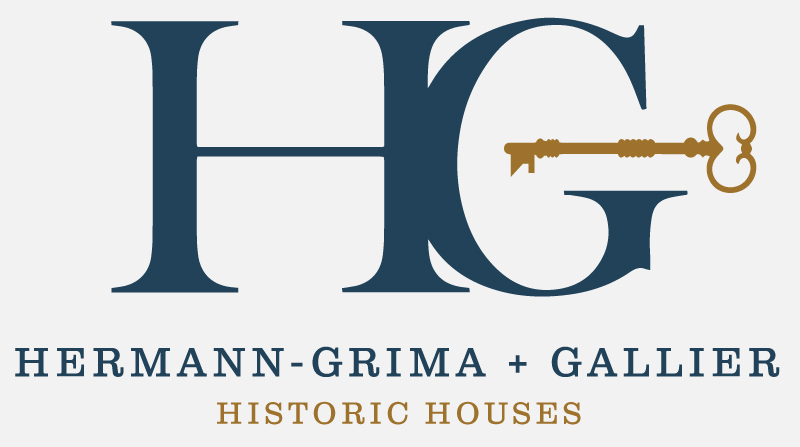Urban Enslavement in New Orleans Tour: The Development Process
By Dr. Anastacia Scott
A century after the first enslaved Africans landed on the shores of Virginia, enslaved persons arrived to a newly founded French colony, La Nouvelle Orleans, in 1719. By 1830, the population of enslaved persons made up one third of New Orleans’ total population. Urban enslavement in New Orleans greatly influenced the Crescent City’s status as one of the most African cities in the western hemisphere, and these contributions are ever-present through the city’s celebrated culture.
Tulane University historian and author of The Accidental City: Improvising New Orleans (2012), Lawrence Powell states, “Antebellum New Orleans was to the interstate slave trade what H20 is to life: the key to it all.”[1] As a center of the slave trade and one of the largest cities in antebellum America, New Orleans has only recently received the multi-faceted attention its role necessitates. The topic still deserves more attention, as demonstrated by the enthusiastic response to The Historic New Orleans Collection’s 2015 exhibition Purchased Lives: The American Slave Trade from 1808 to 1865, curated by Erin Greenwald, Ph.D. After the closing of this exhibition, the city of New Orleans enacted the New Orleans Committee to Erect Markers on the Slave Trade and the New Orleans Tricentennial Committee Subcommittee on Erecting Markers in Recognition of the Slave Trade that culminated in the erection of six historical markers in 2018. These markers were an important step in acknowledging the city’s role in the domestic slave trade. To date, 52 places in New Orleans are known to be where enslaved people were sold at auction.
The city of New Orleans also has been a leader in the movement to take down Confederate monuments since the Charleston church shooting in 2015. Activists, protesters, supporters, and New Orleans Mayor Mitch Landrieu’s administration orchestrated the removal of four Confederate monuments in 2017. Additionally, Mayor Landrieu’s administration instituted a multi-year citywide initiative focused on race, reconciliation and community building. In June 2020 the New Orleans City Council created a commission to rename Confederate streets, parks, and places.
In solidarity with such a civic minded and spirited local public, the Hermann-Grima + Gallier Historic Houses (HGGHH) increased its ability to serve its local public by expanding our content to include discussions of the African descended population that lived and/or helped build the properties. As 2021 was the 50th anniversary of the opening of the museum, and the 140th anniversary of the founding of The Woman's Exchange (HGGHH’s Board of Managers), Urban Enslavement in New Orleans tour is a strategic step in furthering the mission to be an example of best practices and stewardship in architectural preservation and a trusted space for inclusive education. The Urban Enslavement tour is a priority for the implementation of goals outlined in our strategic plan. This new offering fits in with the Educational Programming portion of the plan through its goal to expand content and create tours around people of African descent and innovative new programming.
Out of the fervent research-driven tradition of the HGGHH’s parent organization, The Woman’s Exchange, we continued and built upon the research done in the late 1990s on the enslaved individuals that constructed, labored, and inhabited the homes. In the initial stages of the development process, we solicited the knowledge of an external panel of interpretation experts whose feedback was invaluable. This panel included, Dr. Joy Banner, Mr. Leon Waters, Mr. Bruce “Sunpie” Barnes, Zella Palmer, Dr. Angel Adams Parham, and Madame Barbara Trevigne. Please see here for more information on the panel.
Guided by the feedback from the panel, the tour was then researched and written by Dr. Anastacia Scott, Director of Educational Programming. Docent training began with a roundtable knowledge share panel inclusive of Shawn Halifax (Interpretive Planner and Trainer, specializing in the facilitation of ethical interpretation of slavery and its legacy), Ashley Rogers (Executive Director, Whitney Plantation), and Susan Gebhardt (Docent, Whitney Plantation). This knowledge share equipped the then all-white docent staff with tools for interpretation. Thereafter, we partnered with the International Coalition of Sites of Conscience to train the docent staff on facilitating dialogic conversations on difficult topics such as chattel slavery during their tours. Lastly, Dr. Scott trained the docent staff on the content and facilitated a walking tour that advanced critical aspects of tour development such as the route and centering the voices of the enslaved in each of the spaces. At each stage of the training process, Dr. Scott consulted with the advisory panel and rigorously ushered the docents through the critical feedback that elevated each of their tours to the standard of ethical interpretation that the subject and the people whose voices had remained silent in the archival and historical record deserved.
In its final deliberation, the tour opened to the public October 2021 and the rest is history. The tour is not meant to be an exhaustive account of urban enslavement as whole, but the goal is to spark curiosity about the topic while revealing what we have discovered in our research process about those enslaved individuals that constructed, labored, and inhabited one of our historic homes. While our research about these individuals is ongoing, we are prioritizing every effort to share with the public what our research reveals in hopes to establish HGGHH as a trusted space for inclusive education.
Please follow us on social media and frequently check our website for future updates on the many projects we have in the works on this topic. We have much more to come.
[1] Horne, Jed. “Is New Orleans the Place for a Truly Honest Look at the Slave System?” The Lens, May 14, 2018.



